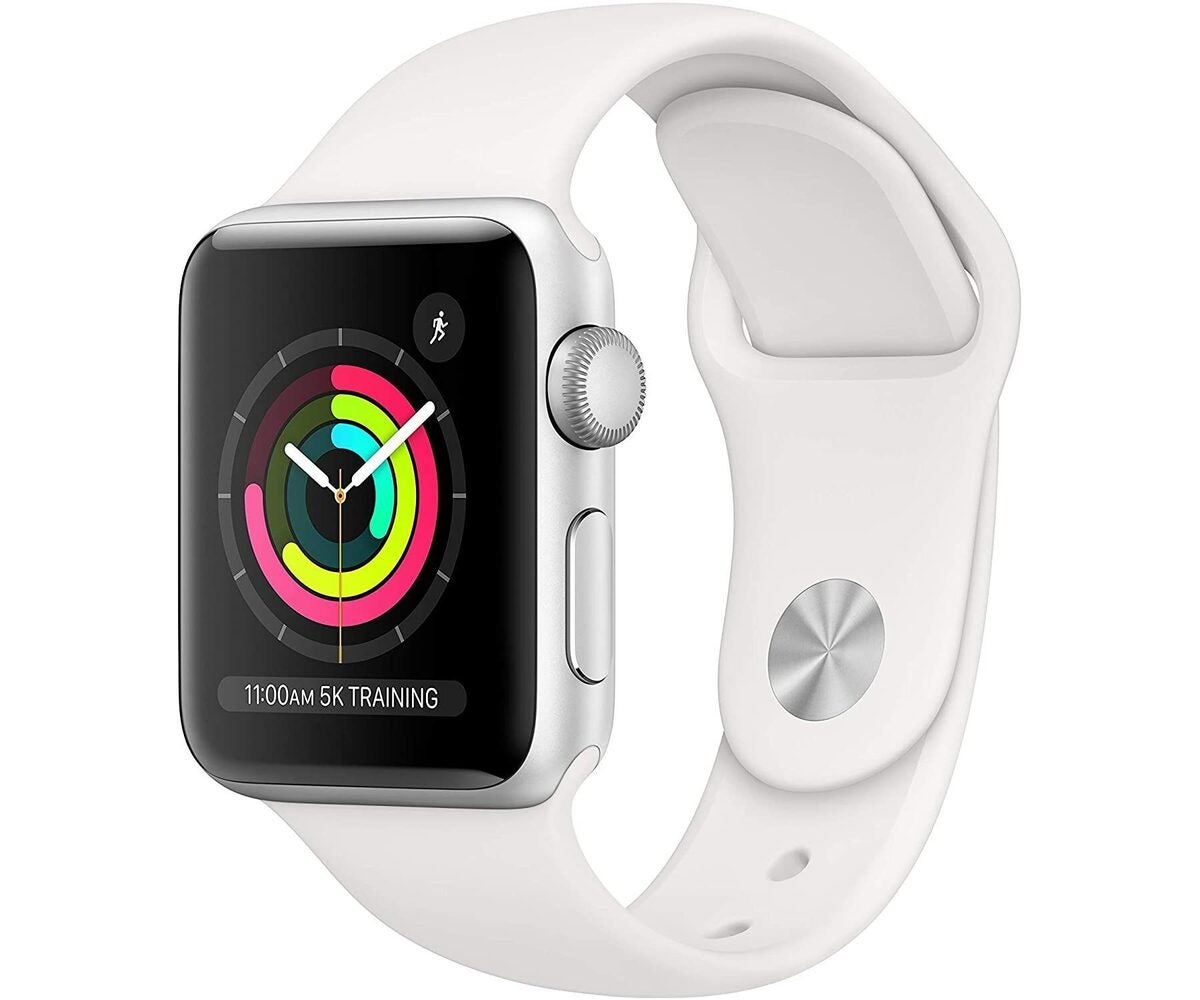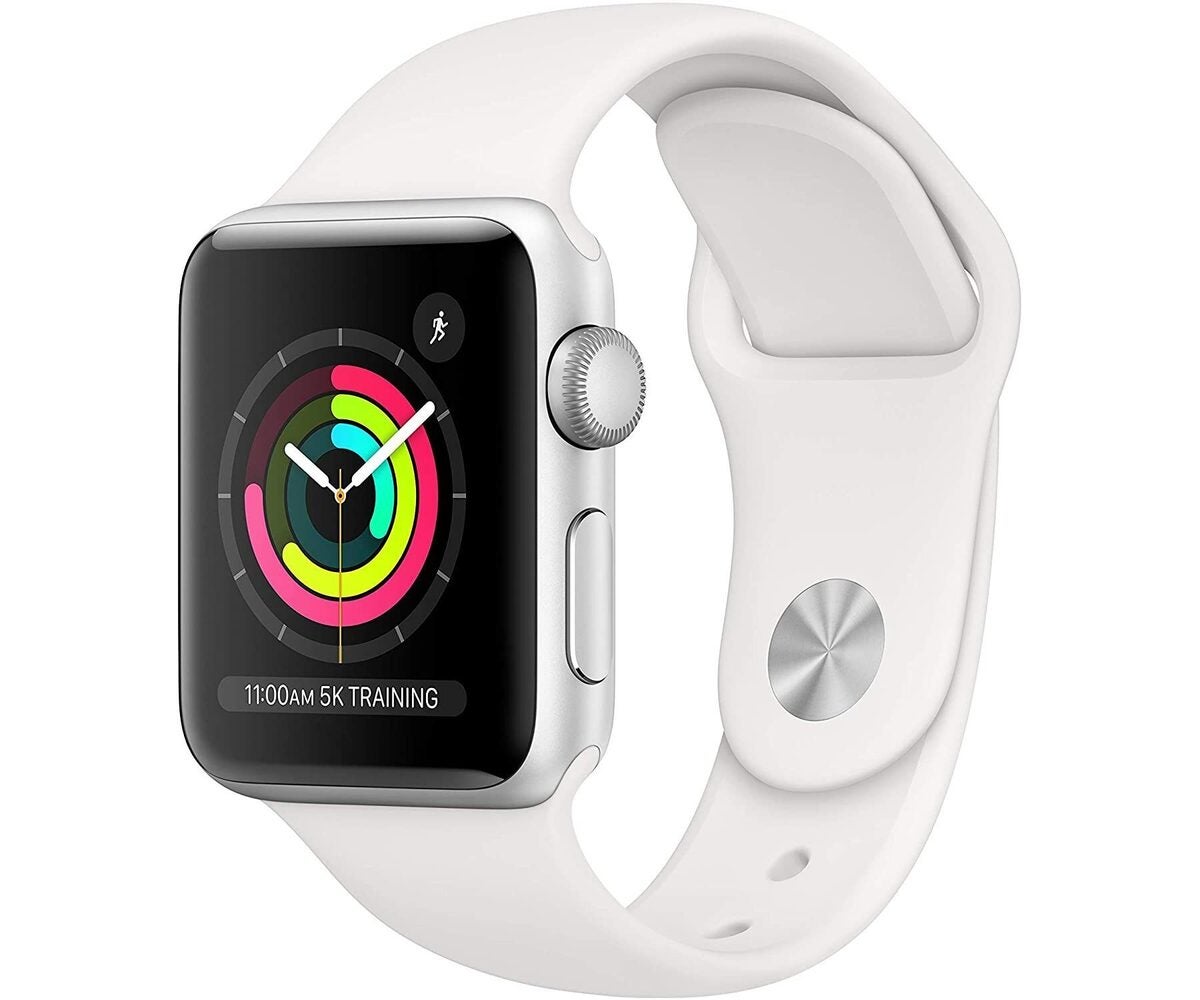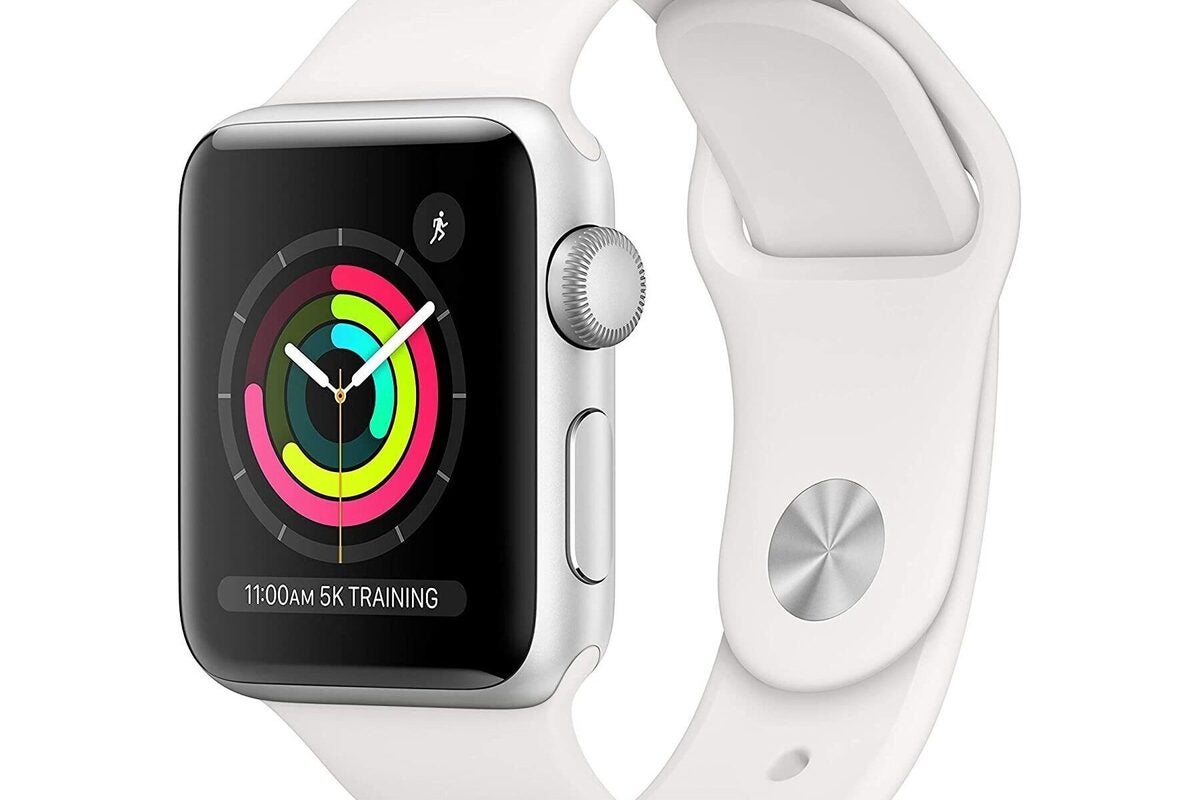
Apple could quite easily consolidate its iPhone user base, further its mission in augmented human health, and create a rock-solid platform-cum-fortress from which to extend future services. All it’s got to do is sell the Apple Watch as the razor to its iPhone.
Pile them high, sell ‘em cheap
Apple’s most personal device, the watch, remains the best-in-class expression of human/machine augmentation. It’s also the Apple product most suited to be sold at a loss, because everyone who wants one also needs an iPhone.
And while selling products at less than cost price isn’t really (ever) The Apple Way, the company has so many associated value-added hardware, software and services to supplement its core that making that core stronger must inevitably pay.
Think about it. Right now, Apple sells the Apple Watch Series 3 from $199. But this is a flawed product proposition because the main watch is already at Series 7, which means the Series 3 feels out of date before you pull it out of the box.
You can wrap an Apple Watch SE around your wrist at prices starting from $279. This device is a little more advanced than the company’s third series watch, but I can’t help but think that if Apple shifted some of its watch margin to become indirect it could offer that same gadget for $199 or less.
That’s great if the obsession is about price, but I’m not talking about that. I’m talking about extending the value of the user experience.
When the combination is greater than the whole
What I’m saying is this: once you add a Watch to the equation, you get much more out of owning an iPhone. It augments your personal human existence with life-boosting wellness features, while also giving your iPhone skills it lacks alone.
Once you invest in one, the watch becomes a more important component to iPhone product stickiness. When you have both products, you won’t find anything to replace the combination. And, of course, come smartphone upgrade time you’re even more likely to want to stay within Apple’s Magic Garden. And you’ll want your friends and family to join you there.
If this set of assumptions is correct, then it’s no wild-eyed suggestion to think that if every iPhone user owned an Apple Watch they’d be unwilling not to own one anymore. They would also, inevitably, be a lot more willing to invest in any future or present health and wellness services Apple may introduce.
The two products provide a rock-solid platform of trust from which the company can plan its way to the next few trillion dollars. iPhone generates the cash. The Watch boosts the loyalty.
Laying the foundations for service expansion
Apple doesn’t have to do this, of course. You could quite easily argue that right now those who want both products already have both products. All the same, recent wearables data shows that there’s a vast market of iPhone users who haven’t chosen an Apple Watch just yet.
At the same time, innovative new deployments in the industry such as the recent Volvo services application I wrote about show that the device is becoming more useful in more situations each year.
On top of that, there’s been recent speculation that Apple plans to bin the Apple Watch S3 in favor of the new SE flavored watch. Given talk that Apple may go as low as $300 on the iPhone SE 2022 (with 5G), it seems to me the company has a chance for one hell of a mop-up mission. Think of the combined Watch/iPhone offer the company could make as it seeks to attract Android switchers across the mid-range markets.
“Why would Apple cut margins so thin?” you cry.
That’s easy. In doing so, Apple would be investing in future markets, broadening its customer base, consolidating existing customers and creating the rock-solid platform it needs from which to generate even greater take-up of its services, including things we haven’t heard of yet.
Apple’s services become the lucrative razor blades designed for the (highly profitable) iPhone and the essential, addictive, and affordable Apple Watch.
Are health services coming?
There’s a tactical reason for this. Apple has huge plans for health, though the company apparently isn’t yet in position to introduce them. The next big product release from Cupertino (other than iterations acrossall its existing hardware) will be AR glasses, with the car potentially following.
But Apple’s future health plans will involve the watch to some degree. Getting users even more addicted to the iPhone/watch combination now will pay dividends in whatever years’ time when the big health announcement(s) take place; Apple will by then have consolidated a huge user base of customers who will be prepared to invest in those services.
It doesn’t need to build its Apple Watch user base on price, of course. Features, design (we all want a round one), and platform integration already seem to do that. But Apple’s growing services revenue means it’s more possible than ever before.
I don’t think it would hurt the company’s bottom line at all if it did. Because even at current prices, the combination of both iPhone and watch — alongside key services — forms a strong lock to keep customers engaged. So what’s wrong with extending that to even more people?
Please follow me on Twitter, or join me in the AppleHolic’s bar & grill and Apple Discussions groups on MeWe.



